Pangasius can be produced responsibly and to rigorous food safety standards and therefore can be purchased with confidence on these grounds. Pangasius producers certified to the BAP standards are subject to rigorous food safety inspection and environmental production controls. These producers have invested in their businesses to meet these requirements and should be respected for their leadership in doing so.
There have been anti-Pangasius campaigns, often promoted by competing seafood interests and spread on social media that can so easily miss-represent the realities. However, the claims made in these campaigns have been successfully challenged by scientific studies and published science literature (Murk et al. (2016); Huysvedt et al. (2013); Little et al. (2012); Anh et al. (2010)).
The co-author of one of these papers, Simon Bush, Professor of Environmental policy at Wageningen University, responded to recent developments by saying, “Pangasius has been the subject of food scares and environmental scares but on closer inspection the claims lack substance. Our analysis shows that the vigorous claims made about pangasius do not match the very limited safety risk and limited environmental impact observed in scientific studies. In reality Pangasius, a relatively new product in Western markets, has found an important niche in retail and food service outlets, and is perhaps a victim of its own success.”
Another scientist, who has studied the life cycle impacts of Pangasius has also leapt to the fish’s defence. Professor Emeritus at Ghent University Patrick Sorgeloos said that Pangasius is healthy and he told VTM news "In the media, the fish has wrongly been given a bad image. Research of Dutch scientists has showed that the contribution of the Pangasius industry to pollution in the Mekong River is negligible." Professor Sorgeloos also went on to challenge the notion that Pangasius undermines the market for seafood saying, "When Pangasius made its entrance in Europe, the local fishing industry was afraid of cheap farmed fish from Asia, as they thought that consumers would buy less fish from local sources. This proved to be wrong. Pangasius is an ideal fish to start with and is very popular among families with children: it is odorless (no smell in the kitchen upon preparation), has no distinct (fishy) taste and few bones. The fish turns out just to lower the threshold for fish consumption and at a later age the same children will be interested to expand their range of fish."Responding to claims of negative environmental impacts, GAA’s Best Aquaculture Standards (BAP) Coordinator Dan Lee said “Any fish species, whether in a natural or a farm setting, will interact with its environment. Pangasius is no exception and the interactions arising from production systems in SE Asia do have the potential to generate localized negative impacts. For this very reason, organizations such as the ASC and BAP have established production and environmental standards for farmed fish to recognize those producers who mitigate against those potential negative impacts. The standards specify the controls that need to be applied to contain the risks of biodiversity impacts, wildlife interactions, pollution, and the indirect impacts associated with providing marine ingredients for feeds.”
Additionally, the standards developed by GAA and ASC set controls on the use of chemicals and antibiotics to prevent any risks to the health of either the environment or the consumer. The standards have been developed following extensive stakeholder and public consultation including retailers and conservation NGOs. To verify compliance with ASC and BAP standards, independent certification bodies conduct annual inspections, with teams of trained auditors that have specialist knowledge of aquaculture and its potential impacts.
Given the combined forces of science-based standards and rigorous, independent auditing let the message be clear, certified Pangasius can be on the responsible sourcing list. As an industry our focus can move on from questioning the environmental credentials of this product and instead should be concentrating on how collaboratively we can engage to ensure the correct message is received and accepted by consumers. The GAA featured such a message at the last GOAL conference in Guangzhou, by a video produced by Wageningen University. It can be viewed here:
http://youtu.be/ZSYaR8EeM7kl Please visit and ‘like’ to help communicate the facts!
References
Murk, A. J., Rietjens, I. M.C.M. and Bush, S. R. (2016) Perceived versus real toxicological safety of pangasius catfish: a review modifying market perspectives. Rev Aquacult. doi:10.1111/raq.12151
Little, D.C., S.R. Bush, B. Belton, N.T. Phuong , J.A. Young and F. Murray (2012) Whitefish Wars: Pangasius, politics and consumer confusion in Europe. Marine Policy, 36(3): 738–745. DOI: 10.1016/j.marpol.2011.10.006



.jpg)
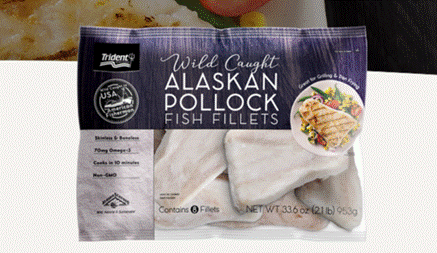


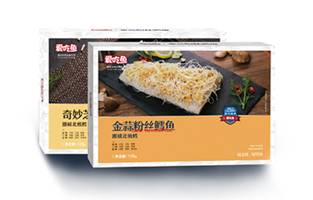

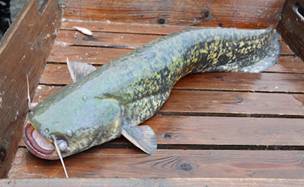
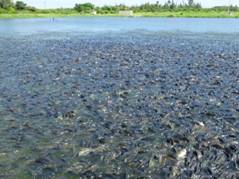
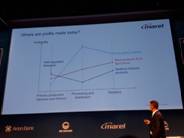
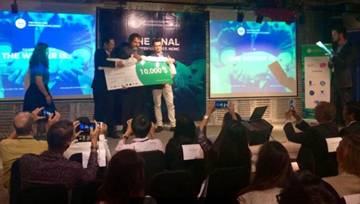
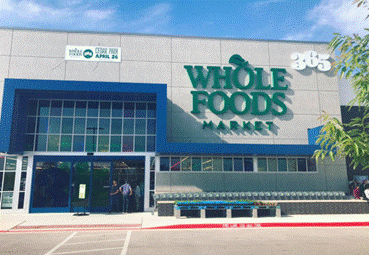
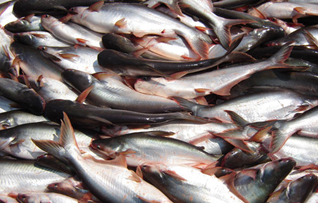


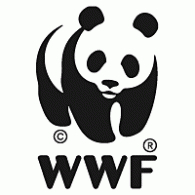 Thông tin bản đồ được tài trợ bởi WWF-VietNam
Thông tin bản đồ được tài trợ bởi WWF-VietNam